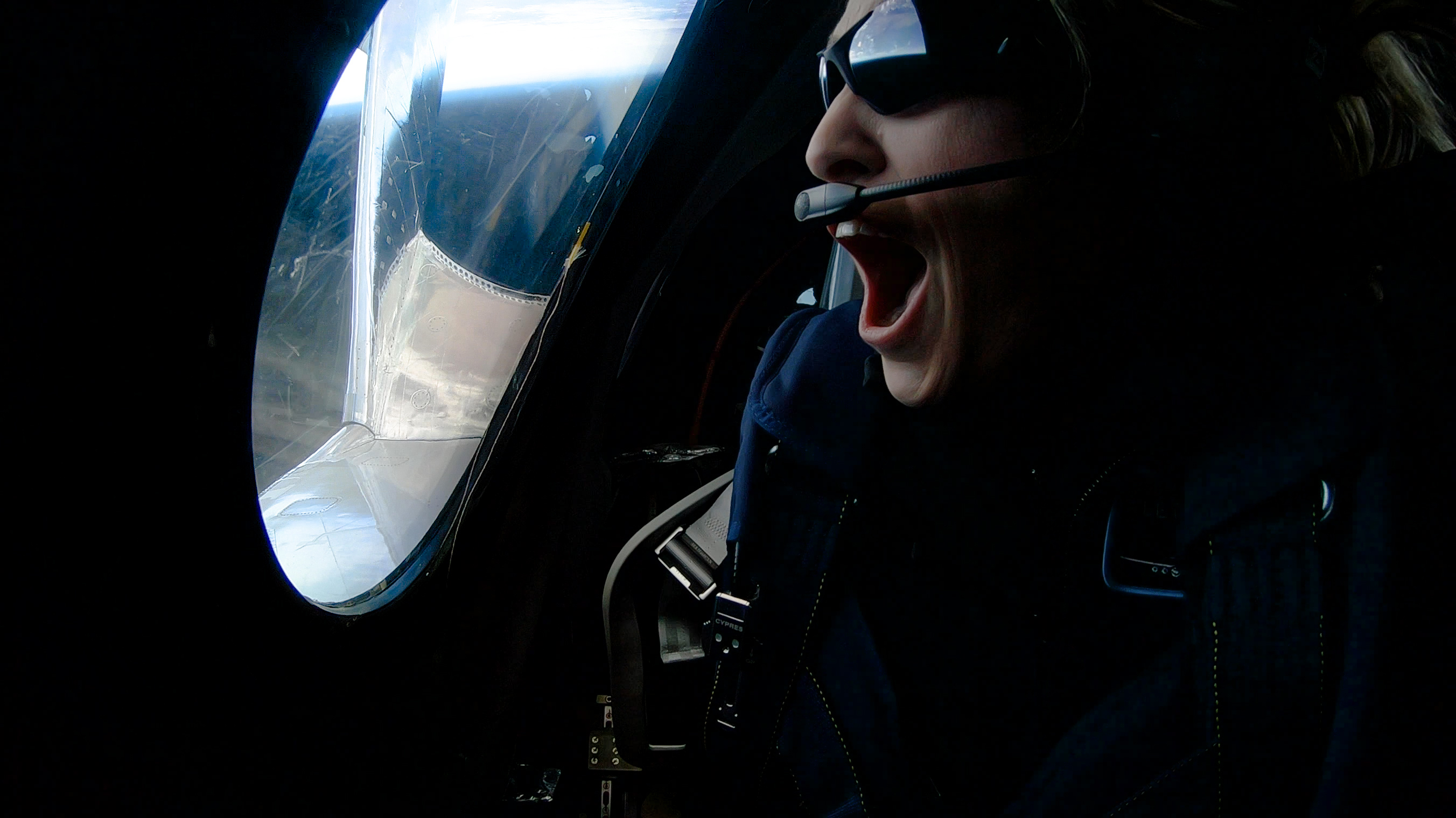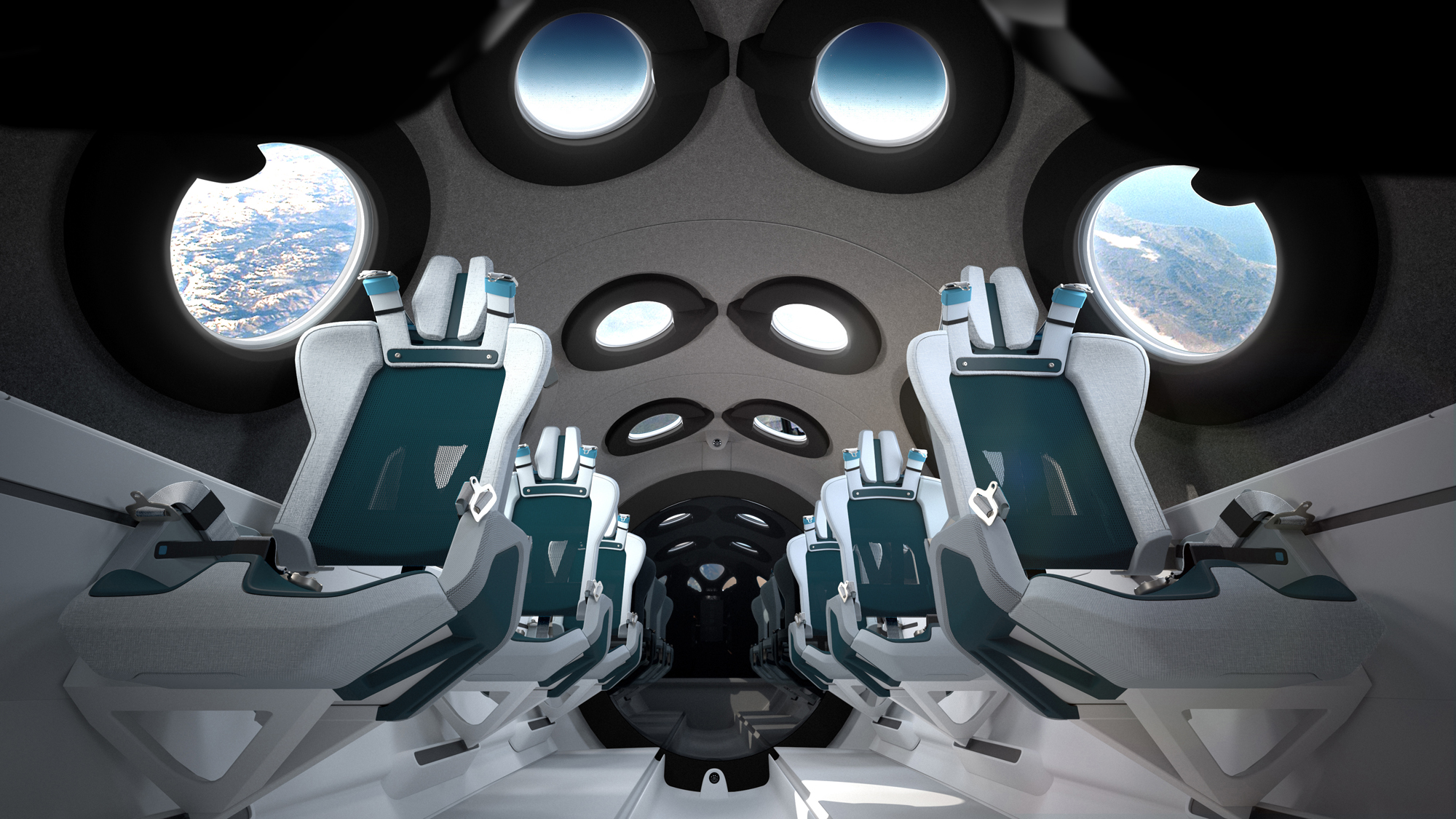The future of space tourism: op-ed


Dylan Taylor is a global entrepreneur, investor and philanthropist who acts as the Chairman and CEO of Voyager Space Holdings and the founder of Space for Humanity, a nonprofit organization that seeks to democratize space exploration. He has also served as an active advocate and philanthropist in the space manufacturing industry and a strategic advisor for the Archmission and the Human Spaceflight Program while also acting as the co-founding patron of the Commercial Spaceflight Federation. He contributed this article to Space.com's Expert Voices: Opinions and Insights.
It's true that 2020 spawned a collective feeling of retreat coupled with a FOMO (fear of missing out) that inspires us to escape a chaotic world. For now, we have the silence of nature or an eventual trip abroad, but the future can provide a more adventurous escape: one to the stars.
The NewSpace industry has its sights set on space tourism, a growing market expected to be worth at least $3 billion by 2030. As companies like SpaceX test reusable rocket technology to make spaceflight more affordable and accessible for humans, other private firms, including Virgin Galactic and Blue Origin, are investing in suborbital space tourism to take Earthlings into the very edge of space and back. While only uber-wealthy passengers and private researchers will have access to space tourism in the immediate future, the long term holds promises for ordinary citizens.
The evolution of technology plays a vital role in sending more tourists to space and a few influential trends will determine the future of space tourism, along with the progress we make both on and off our home planet.
Related: Space tourists will face big risks, as private companies gear up for paid suborbital flights
Commercial suborbital trips
Suborbital travel will likely be the space tourism subsector to materialize first, but it may also be the most short-lived. However, Blue Origin, backed by Jeff Bezos, is testing its New Shepard system that will launch customers to the edge of space in a capsule which separates from a small rocket and retreats back to Earth under parachutes. Richard Branson's company Virgin Galactic relies on a space plane, dropped from a carrier aircraft, with a rocket motor that speeds up and takes passengers high into the atmosphere.
Both companies' shuttle systems are designed to fly passengers over 50 miles above Earth's atmosphere, allowing customers to experience the feeling of weightlessness for a few minutes. Virgin Galactic's SpaceShipTwo will launch its next human spaceflight test on Dec. 11 as Blue Origin eyes early 2021.
Breaking space news, the latest updates on rocket launches, skywatching events and more!
These brief spaceflights hold opportunities for tourism and scientific research and present unique experiences for space observation at varying trajectories and regulatory requirements. However, Axios reports concerns over declined public interest in suborbital tourism as a passing interest due to high costs and a short-lived ride. This may deflate the market as passengers await new developments in the field.
But there's some hope. Some experts look to commercial suborbital trips to take the place of long-distance air travel that can eventually cater to everyday citizens. SpaceX plans to use its Starship rocket to fly 100 people around the world in mere minutes. The company stated that a 15-hour flight to Shanghai from New York would be capable of flying in 39 minutes. According to UBS, if even only 5% of the average 150 million passengers that travel on 10 hour or longer flights pay $2,500 per trip, then returns could skyrocket to $20 billion per year in today's value.
A recent UBS report mentions, "Space tourism could be the stepping stone for the development of long-haul travel on earth serviced by space."
Related: Virgin Galactic wants to send people on superfast trips across Earth
Orbital vacations
Orbital tourism, which entails remaining in space for at least one full orbit, is another major focus of governmental agencies and private space companies, all of which have the long-term goal to inhabit the moon and Mars. Projects from Boeing, SpaceX and Axiom Space plan to start launching tourists to the International Space Station on commercial spacecraft beginning as early as this year. SpaceX is also partnering with Space Adventures to send four tourists to low Earth orbit for a few days in late 2021 or early 2022.
As more companies consider in-space tourism, orbital vacations are set to become a popular trend. Orbital vacationing infrastructure, including orbital and lunar-based hotels, is positioned to become lucrative as space infrastructure companies already hauled in a combined $3.6 billion so far this year.
Much of this infrastructure remains in preliminary stages, but the first approach may be to establish low-orbit hotels. One hotel design expects to send guests in a hydrogen-filled balloon with a pressurized capsule, utilizing Earth's gravity. Other options include designing or renovating an existing space station to accommodate guests. NASA, for instance, is opening up the International Space Station for commercial tourism. The Aurora Station, a planned luxury hotel that will host six guests for a $9.5 million, 12-day stay in low Earth orbit, will charge $9.5 million for the trip. It's pricey, but experts predict prices will fall like they did in the tech industry for computers and mobile phones.
A proposal for expandable space habitats may also serve as orbital hotels. Made of unique materials and easily stored at home, they are launched to space where they're inflated to true size. Bigelow Space invented the B330, a space habitat that enlarges to form a hotel or living area for humans in space. As demand increases, they are interconnected to other inflatable habitats to increase their size. Bigelow also plans to develop an attached inflated module to the International Space Station as one of the first hotels in space. In-space vacations will eventually be the gateway for moon and Mars habitation.
Nurturing the space and world economies
Private space companies are devotedly investing across space tourism and firms like UBS consider access to space an enabler to broader opportunities for investment.
More next-generation engineers will enter the space tourism sector for the scope of opportunities and innovation, eventually decreasing the barriers to entry that will increase competition, lower costs, and ultimately democratize space travel for everyday citizens.
Of course, there are crucial safety, comfort and health factors to consider. Training, medical screenings and liability waivers will need to be examined before tourists head to space.
Space tourism will be a small subsector of the industry, but it will bolster the entire NewSpace industry. Once space tourism does become mainstream, it will also positively impact many socioeconomic factors on Earth: creating jobs, educating citizens about space and fostering a new solar-based energy infrastructure. The sweet escape to the stars can eventually awaken us to the awe-inspiring potential of space exploration while also giving us a better appreciation of home.
Follow us on Twitter @Spacedotcom and on Facebook.


